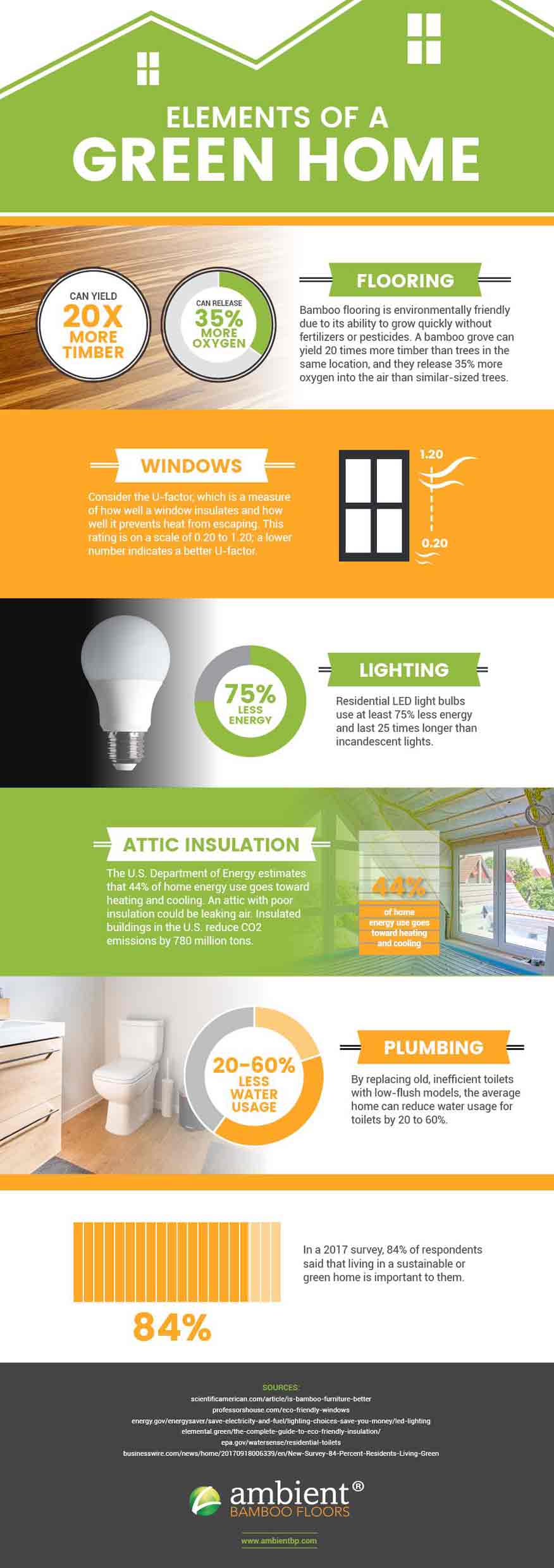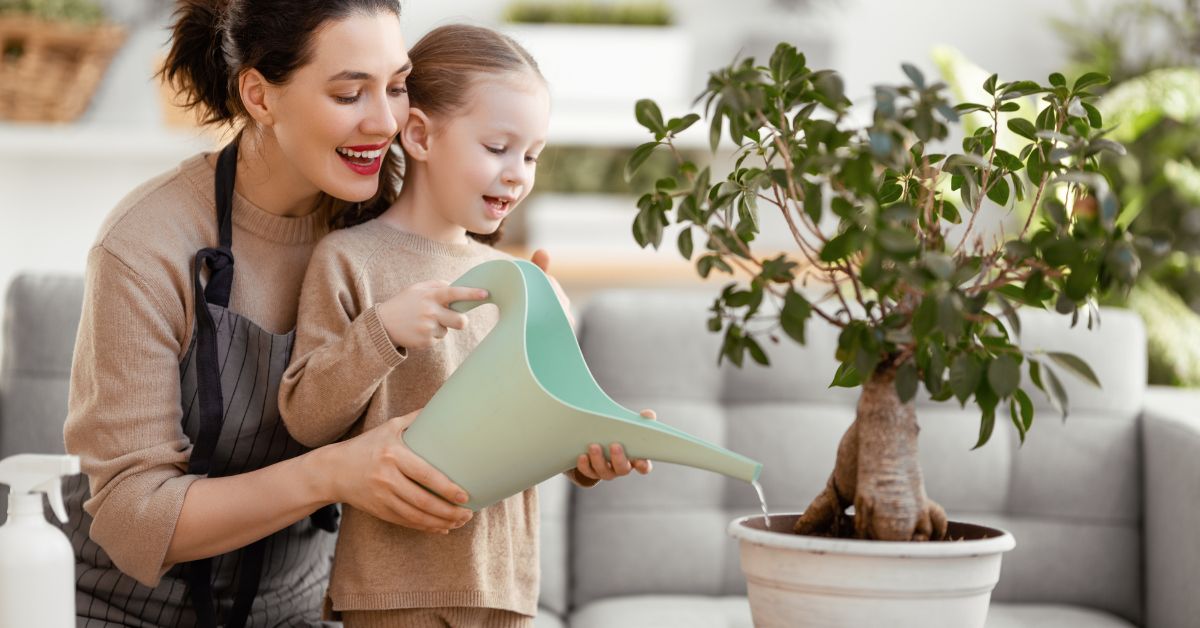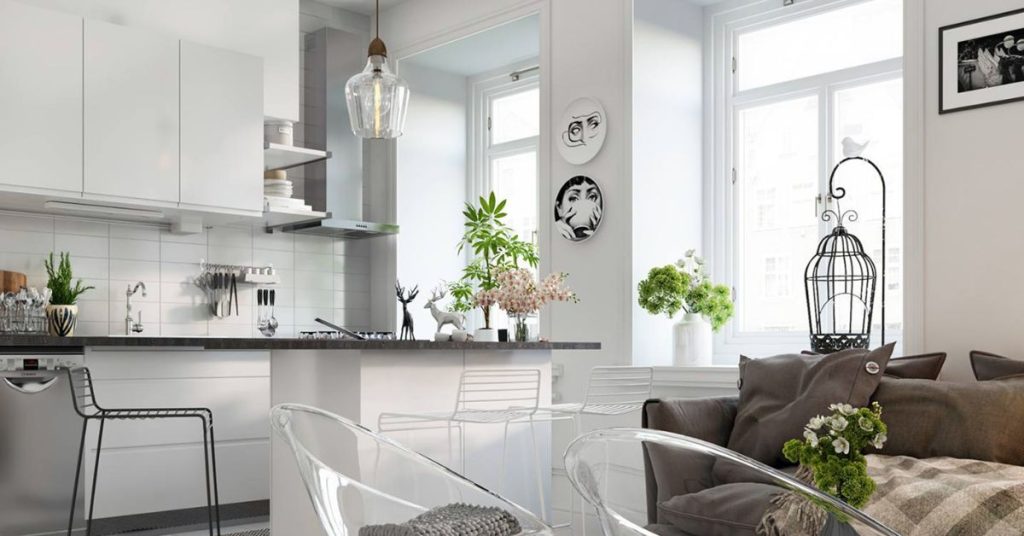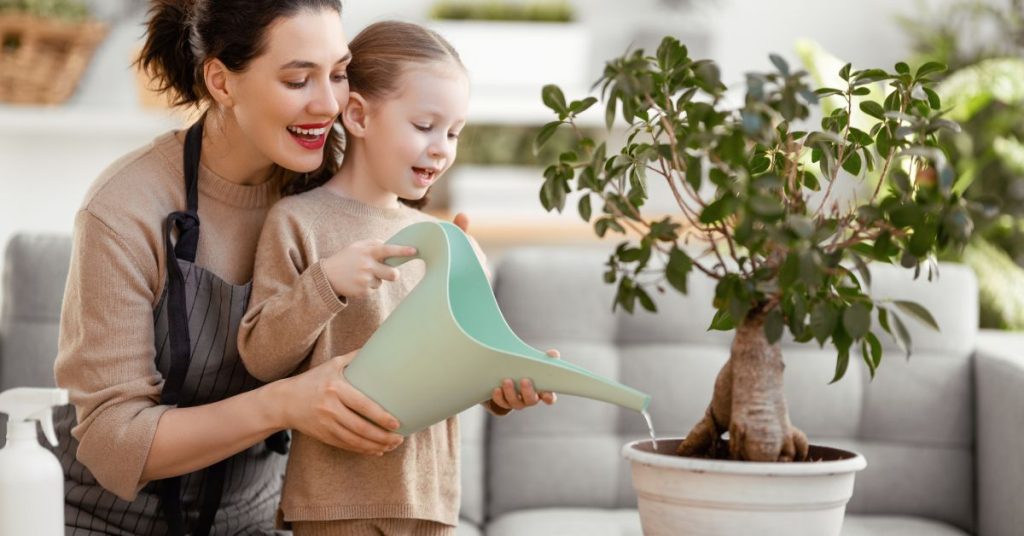With sustainability being at the forefront of everyone’s minds in recent years, doing your part to contribute to a healthy environment is more important than ever. Luckily, going green has a wealth of advantages to offer every homeowner who makes the switch. From insulation to flooring (and everything in between), here are a few ways you can upgrade your living spaces to contribute to that bright, green future.

Invest in Sustainable Flooring
One of the major problems facing our planet is deforestation; with demand so high and growth so slow, bamboo provides an excellent, sustainable alternative to traditional hardwood floors.
It can grow at incredible rates without the use of fertilizers or pesticides: a bamboo grove can yield 20 times more timber than trees in the same location, and they release 35% more oxygen into the air than similar-sized trees.
If you simply must have that hardwood floor look, consider ecological bamboo in place of expensive mahogany.
Add Style with Energy Efficient Windows
A home’s windows are its first line of defense against cold and heat; they can also be its largest energy leech — if you suffer from extreme monthly energy bills, it may be due to your windows’ U-factor.
Defined as the measure of how well a window insulates (and therefore how well it prevents heat from escaping), the U-factor rating system uses a scale of 0.20 to 1.20. The lower the number, the better insulated your window.
Since energy leeches contribute to the size of your carbon footprint, installing well-insulated windows with low U-factors can help the environment and your wallet.
Create Ambience with Green Lighting
With technology advancing every day, the emergence of light-emitting diodes (LEDs) has had a huge impact on modern society. And, best of all, they’re remarkably green!
Residential LED light bulbs use at least 75% less energy and last an astounding 25 times longer than incandescent lights. Though the initial cost might be higher, they pay themselves off dozens of times over and reduce energy waste.
Improve Insulation for a Cozy (and Green) Attic
After your windows, your attic is a home’s largest offender for heat and energy loss: the U.S. Department of Energy estimates that 44% of home energy use goes toward heating and cooling.
Since an attic with poor insulation could be leaking air — and insulated buildings in the U.S. have been proven to reduce CO2 emissions by 780 million tons — one of the best ways to minimize your carbon footprint and save money on those energy bills is to ensure your attic is well-insulated.
Take a Look at Your Plumbing
Your toilet is the main source of water use in your home, sometimes using (and wasting) six gallons per flush.
Making the switch to efficient, low-flush models can reduce your water usage by 20 to 60%. A toilet that uses less water will still provide equal or superior performance, and it goes a long way towards reducing pollution.
Best of all, you are not alone in these efforts: nearly 84% of respondents in a 2017 survey stated that green living is important to them. If we are all able to commit to a greener future, both our personal lives and the environment will grow and blossom as a result.
This blog post was updated on 01.24.2024



